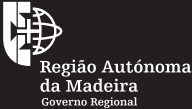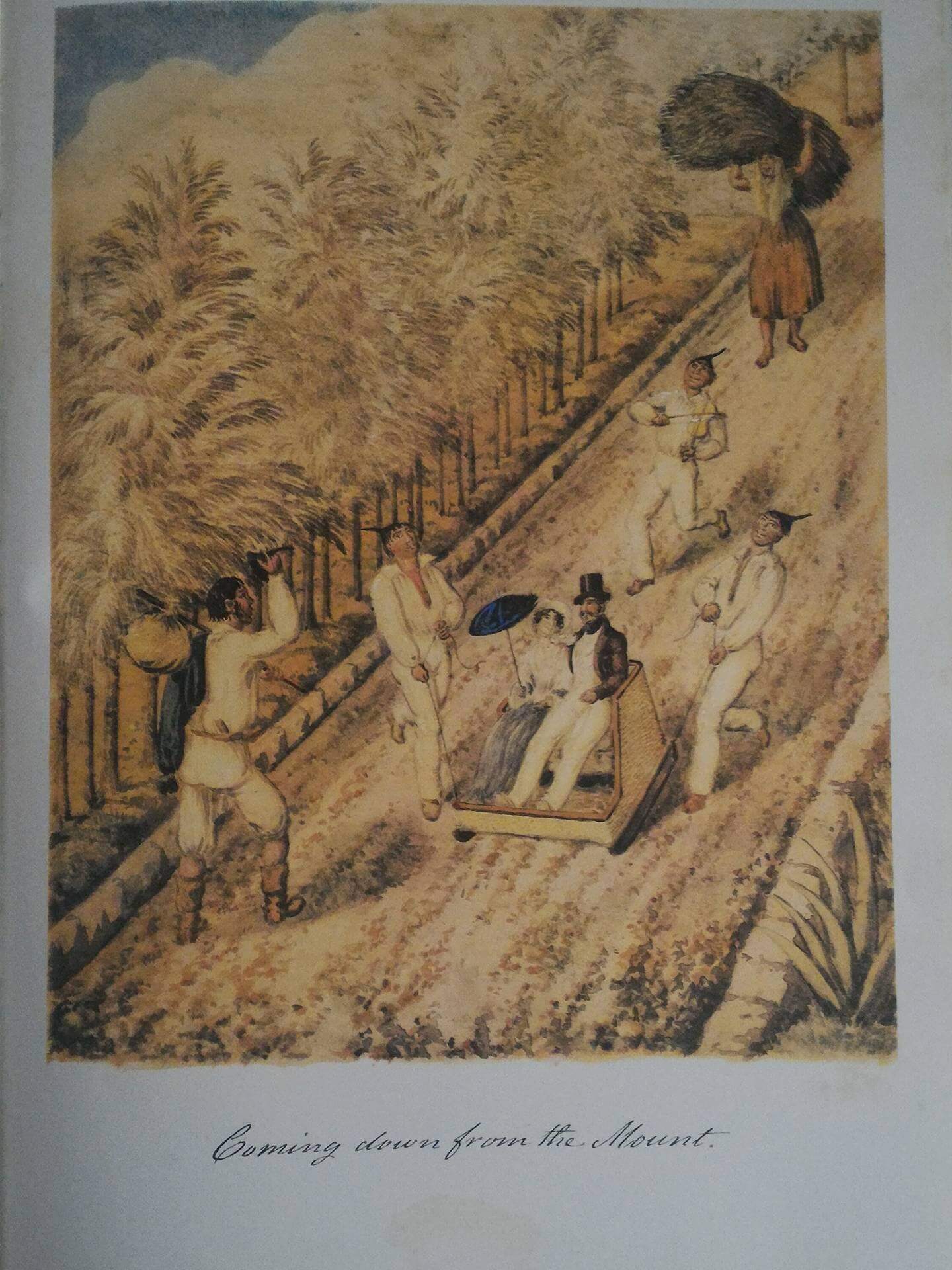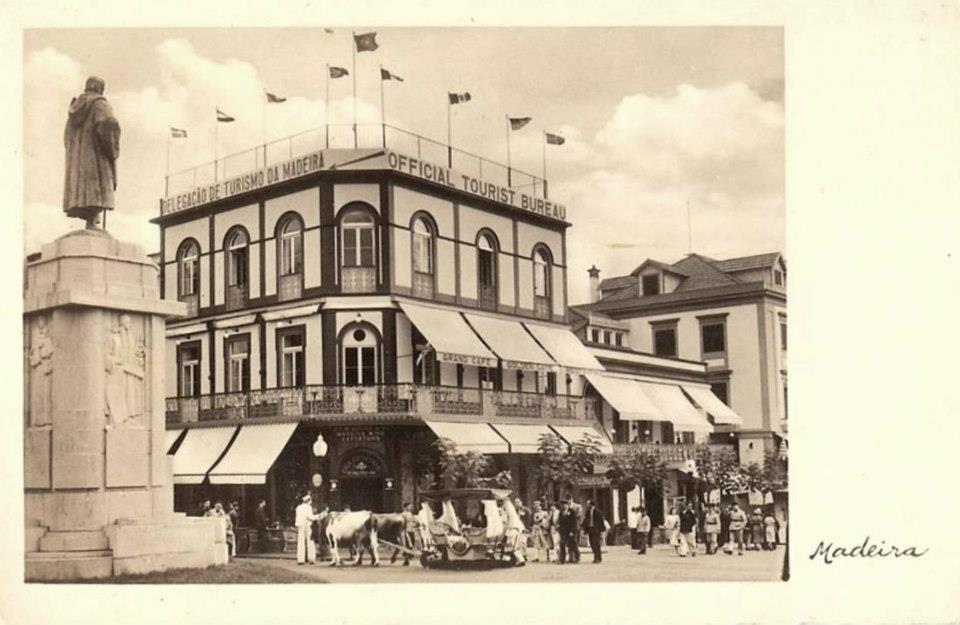600 years after the discovery of the Archipelago of Madeira
The discovery
"Passamos a grande Ilha da Madeira,
Que do muito arvoredo assim se chama;
Das que nós povoamos a primeira,
Mais célebre por nome do que por fama.
Mas nem por ser do mundo a derradeira,
Se lhe avantajam quantas vénus ama;
Antes, sendo esta sua, se esquecera,
De Cypro, Guido, Paphos e Cythera."
"Os Lusíadas", Luís de Camões
The year is 1418, the year of the discovery of the Porto Santo Island, an event that occurred after a storm on the high seas which deviated a vessel that followed the African coast from its route. The navigator Gonçalves Zarco and his crew were saved by this small piece of land which they named as Porto Santo (Holy Harbor).
A year later, in 1419, another piece of land was spotted, which was designated by Madeira (Wood), due to the abundance of this raw material.
Gonçalves Zarco, Tristão Vaz Teixeira and Bartolomeu Perestrelo are the three navigators who arrived and stayed here, each with his captaincy. Porto Santo was assigned to Bartolomeu Perestrelo, Machico to Tristão Vaz Teixeira, and Funchal to Gonçalves Zarco, but this only occurred some years later, in 1440, after the Cycle of Settlement, in 1425, by order of D. João I.









